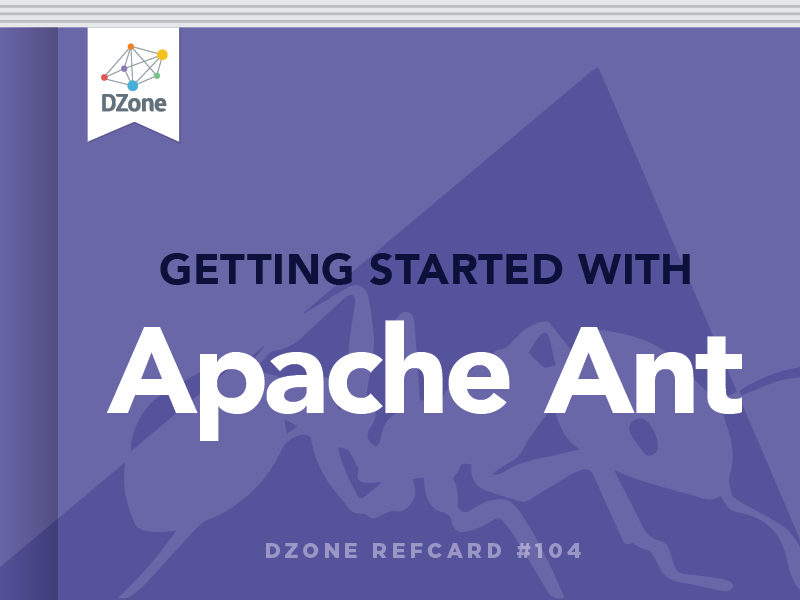

What Comes Out Of The Boxįortunately, we get most of this functionality "out of the box", but what we get depends a little on whether we are using Industry Models, or more specifically, the "Infrastructure Application Extension" (why is my brain still yelling "TB Web"?). Or conversely from the Asset Management system we would like to open AIMS automatically, already zoomed to the location of the current asset. The functionality that we are aiming at is the ability to navigate from one system to the other - for example, selecting a feature in AIMS and then opening the corresponding record for that feature in an Asset Management system.

These are 2 of the most common types of AIMS integration and today we are going to look at the latter user interface integration. Typically, organisations require (1) that AIMS is fed with data from disparate external systems and/or (2) that users have a way of linking the AIMS user interface within, to and/or from the user interfaces of those external systems. Using this approach your UI can be enhanced easily to meet your custom AIMS application requirements.Īs an enterprise GIS tool, it is rare that you would ever implement an AIMS system in isolation. Now the widget is part of your application and ready to perform the tasks that it is designed for.įor example if ACSpecialLink is the widget that is to be included, it can be added like this:

#APACHE ANT 1.8.2 FREE DOWNLOAD SOFTWARE#
At this rate, they are bound to hit the second version of the software by 2016. As a fact, these Java programs encase the trademark ‘build.xml’ file amongst their contents.Īlthough many proposals have emerged for a potential second version of the software, Apache Ant updates on a constant note, with an average of three new iterations per year. While fairly similar in concept with the Make utility, Apache Ant utilizes the XML (Extensible Markup Language) and it is best recommended for designing Java projects rather than any other type of applications, and Make uses its very own proprietary format.īorn in the days when James Duncan Davidson, was working to put together the popular Tomcat (Java-based web server), the Apache Ant was initially created as a tool to finish the project, a utility to build the application from directives included within a ‘build.xml’ file.Īs a standalone application, Apache Ant was later released to the developer community back in 2000 and by 2002 it was the tool utilized in most of the Java-enabled applications.

Apache Ant (Another Neat Tool) provides you with a Java-developed tool to help you quickly and easily automate your processes regarding software building.


 0 kommentar(er)
0 kommentar(er)
